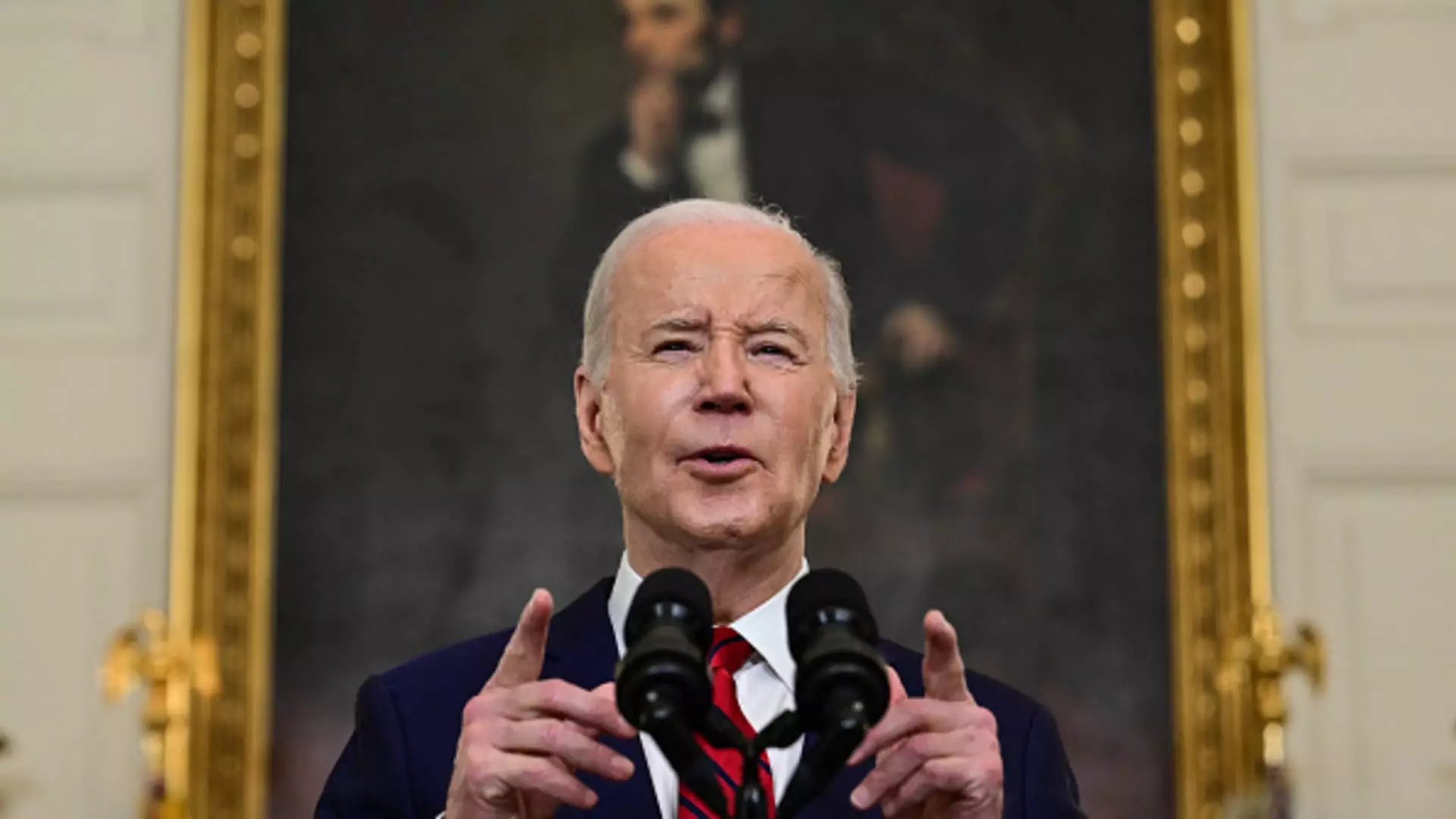President Joe Biden recently took a significant step in updating a more than decade-old policy aimed at protecting U.S. critical infrastructure sectors such as energy and financial services from foreign cyber attacks. The new policy, a rewrite of the Obama administration’s Presidential Policy Directive, emphasizes the need to modernize in order to keep pace with evolving threats in the digital landscape.
The threat environment has significantly changed since the original policy was issued in 2013, shifting from counterterrorism to strategic competition. With advances in technology, such as artificial intelligence, the potential for malicious cyber activity from nation-state actors has increased. This necessitated an overhaul of the policy to effectively address the current threats facing U.S. critical infrastructure.
FBI Director Christopher Wray has repeatedly raised concerns about the imminent threat posed by Chinese hackers targeting critical infrastructure elements like the U.S. electrical grid and water systems. The FBI’s actions in neutralizing Chinese hacking groups underscore the seriousness of the threat. Despite efforts to improve relations between the U.S. and China, tensions remain high, especially in the realm of cybersecurity.
Policy Updates and Responsibilities
Biden’s updated policy identifies the federal agencies responsible for safeguarding U.S. infrastructure and outlines specific duties for each agency. The Department of Homeland Security, in coordination with the Cybersecurity and Infrastructure Security Agency (CISA), is tasked with leading the government-wide effort to mitigate security risks. Additionally, U.S. intelligence agencies are directed to declassify relevant information for private sector owners and operators vulnerable to cyber attacks.
One notable gap in the original policy was the absence of clear guidelines on CISA’s role, as the agency was established in 2018, five years after the issuance of the Presidential Policy Directive. The updated policy seeks to rectify this by codifying CISA’s role in the government security network and ensuring that the agency plays a crucial part in protecting critical infrastructure.
Looking Ahead
As U.S.-China relations continue to fluctuate, security officials remain on high alert for potential Chinese cyberattacks targeting critical infrastructure. The evolving threat landscape necessitates a proactive approach to cybersecurity, with a focus on collaboration between government agencies and private sector entities. By staying vigilant and adapting to emerging threats, the U.S. can strengthen its resilience against foreign cyber threats and safeguard its critical infrastructure for the future.

Leave a Reply